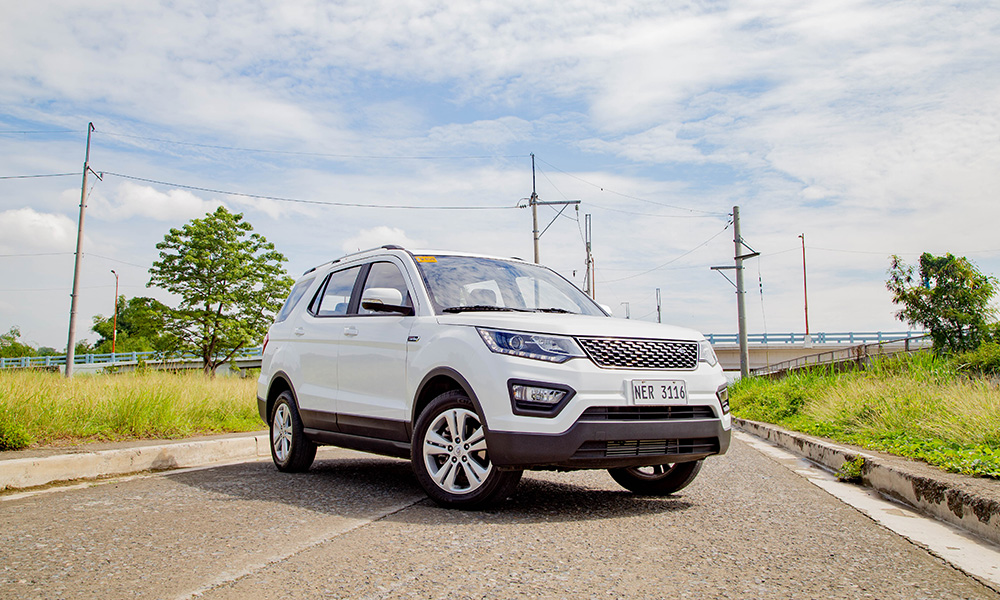
The Chinese have a saying that goes “一分钱,一分货” (in Mandarin, it reads yi fen qian, yi fen huo) that literally translates as “One portion of money, one portion of goods.” It implies that a certain amount of currency spent will get you a proportionate amount of goods in return, be it in terms of the quantity or the quality of the product.
Simply put, you get what you pay for. And I think the Kaicene CX70 embodies this perfectly.
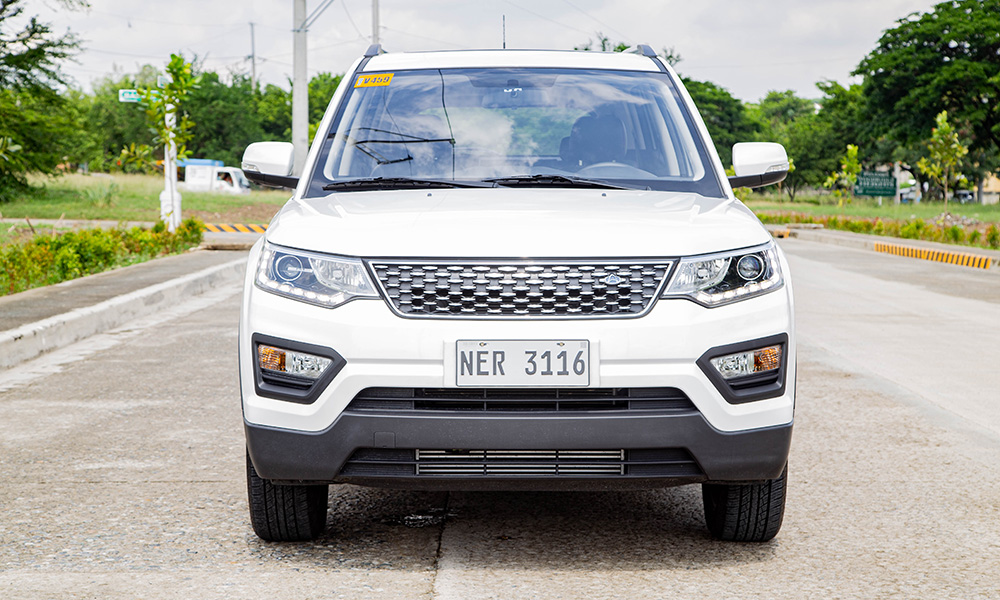
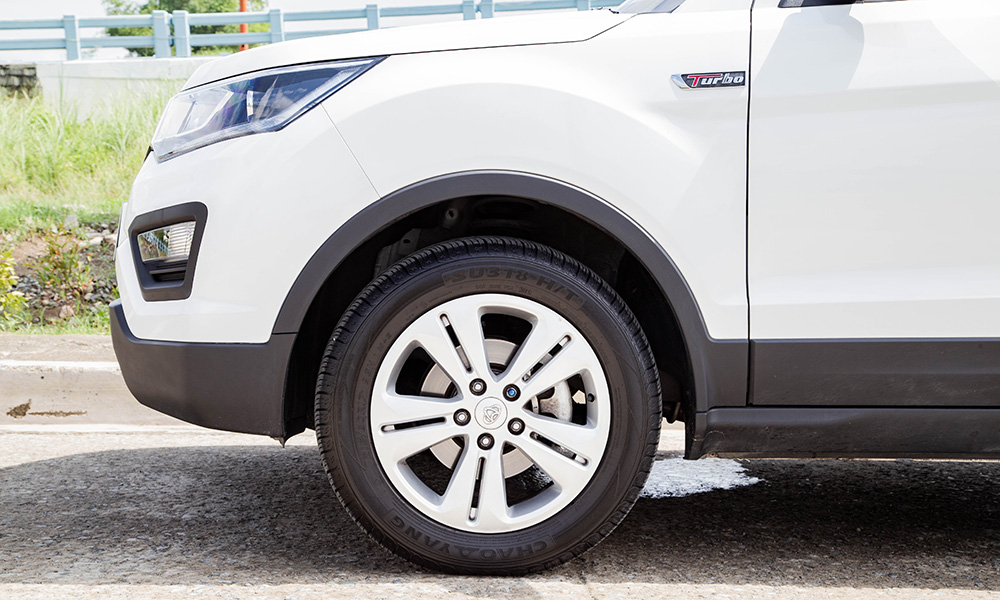
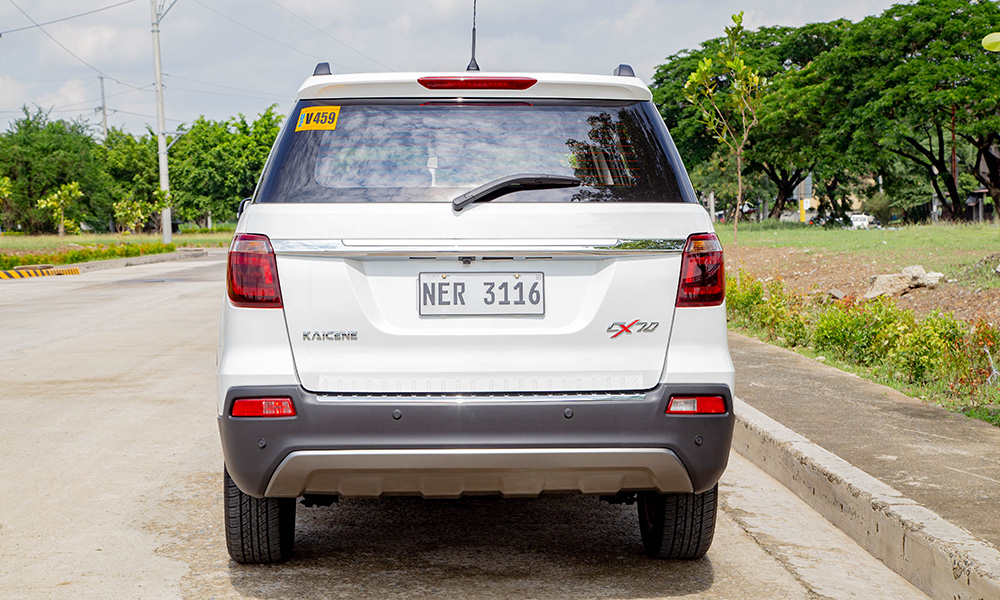
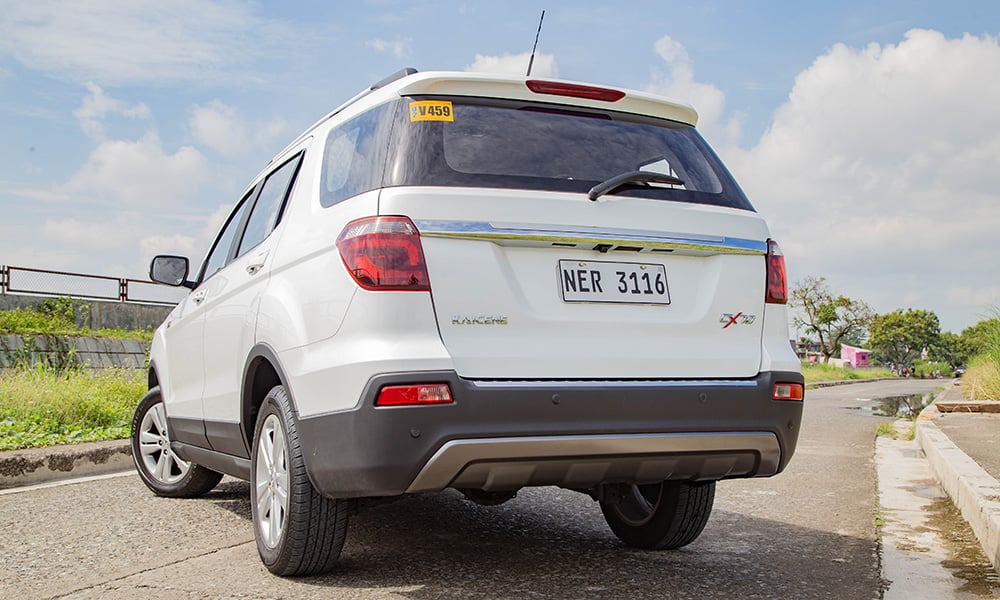
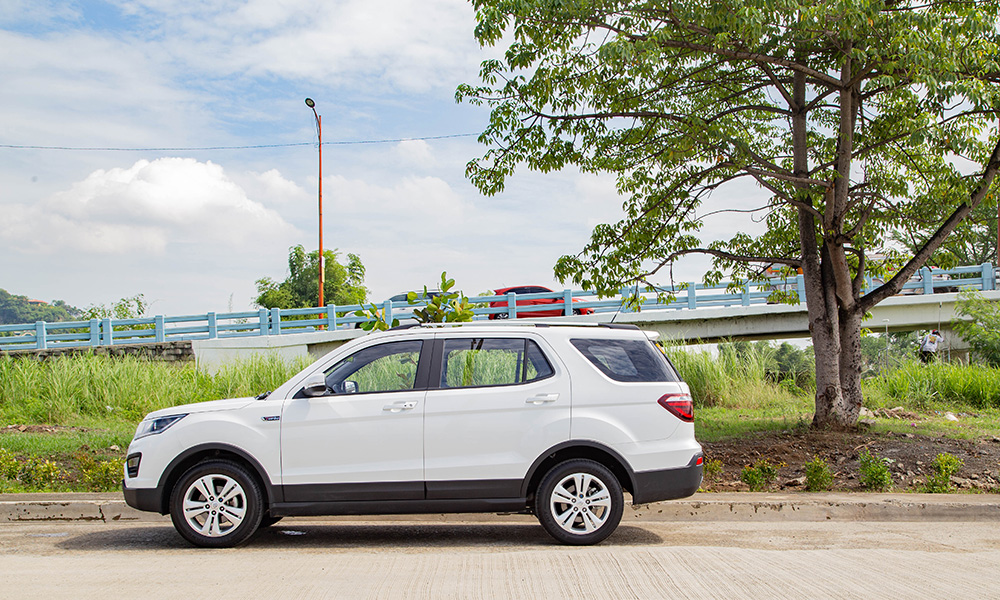
The first thing you notice with the CX70 is that it sort of looks like everything and nothing at the same time. There’s a fair amount of Range Rover in the front end, particularly with the hood and the grille. The headlights have a hint of mid-2000s Audi in there, and the fog lights add a bit of the Hyundai Tucson into the mix.
Moving to the side, we see a tall profile that is exaggerated by the diminutive 17-inch wheels fitted to the car. The top half (from the accent line to the windows up) is reminiscent of the Ford Explorer. Coming to the back, it’s a very simple design, but the taillights remind me of the Mercedes GL-Class of the mid-2010s sans the taillight extensions.
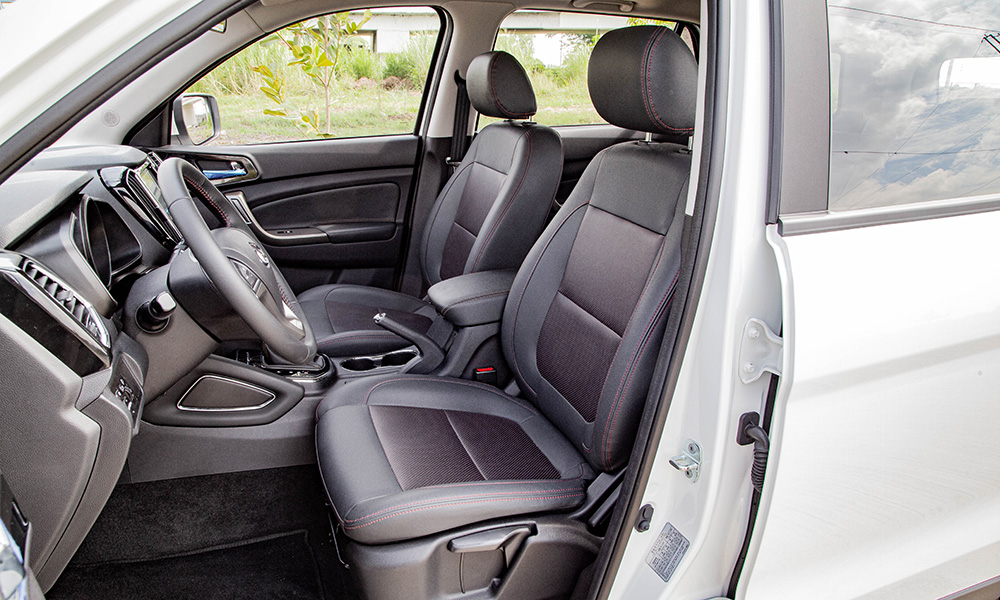
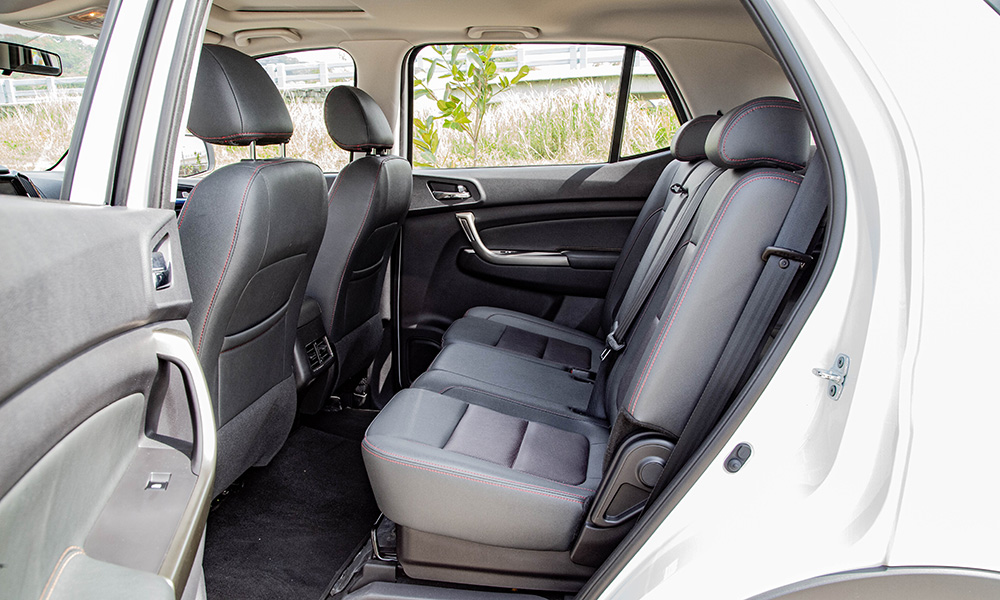
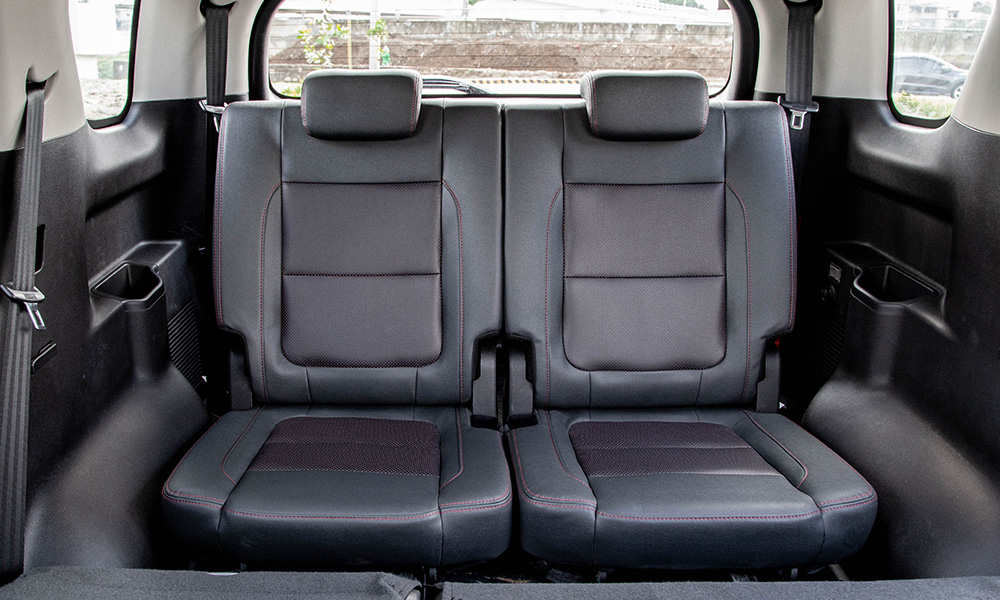
This is a substantial automobile, by the way—just 30mm shy of the Toyota Innova in both length and width, which means space is something this car has in abundance. It has seating for seven passengers, all with enough room to be comfortable.
Particularly impressive are the second and third rows. The former is very spacious, providing its occupants with a USB charger, climate vents, and more than ample legroom even with the front seats all the way back. Isofix anchor points are also available in this row. The latter need not be relegated to welcoming children and small adults as it will fit even plus-sized adults (such as myself), and legroom can be increased further with adjustable second-row seats that slide forward. Sadly, third-row passengers do not get their own air-conditioning vents, which could be an issue on hot days. There’s plenty of storage, though, and even a 12V outlet back there.
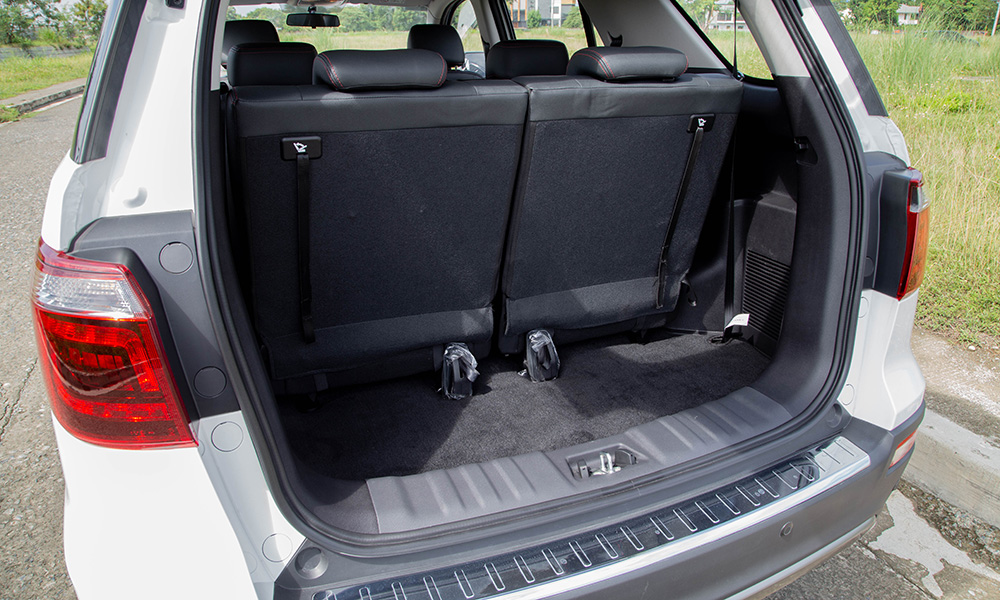
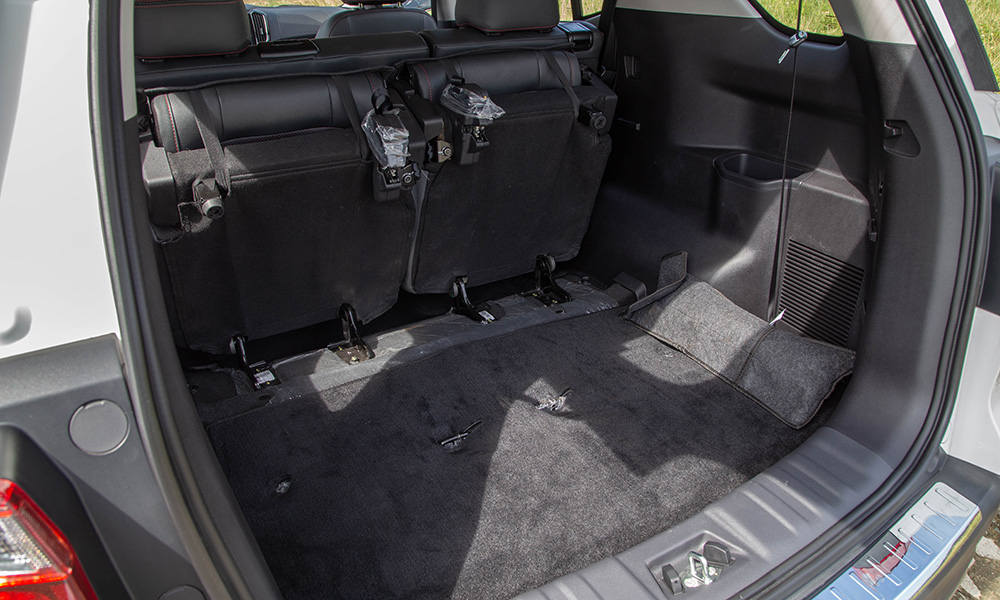
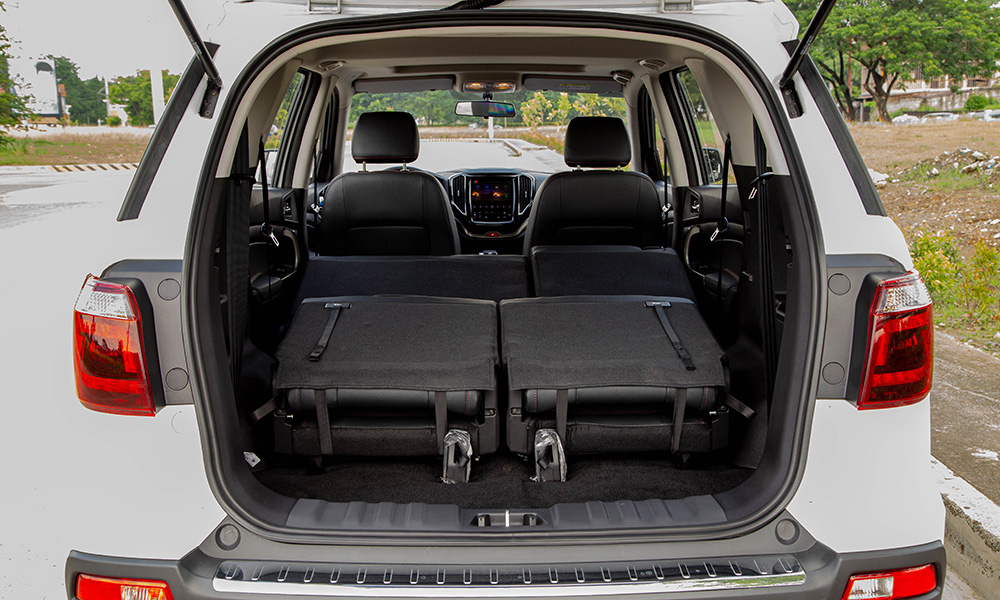
The shape and the functionality of the seats themselves could be improved, however. For the front seats, the lumbar support protrudes a bit too far, creating a laid-back seating position even when the backrest is set upright.
If you plan to use the car for hauling things, the large cabin can be a bit tricky to load things into as the seats do not fold into a flat cargo floor. Such is the trade-off of having adjustable second-row seats.
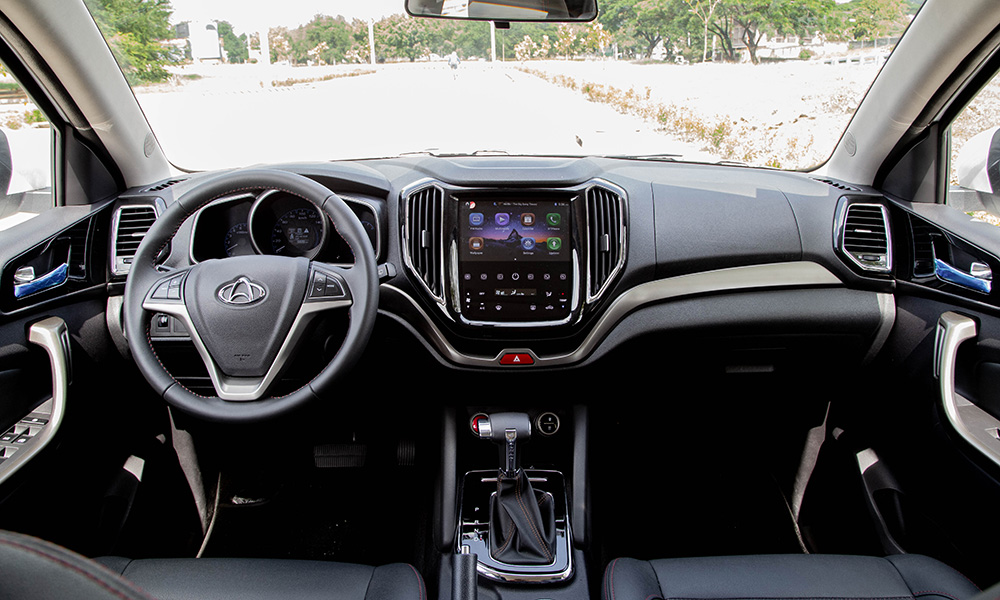
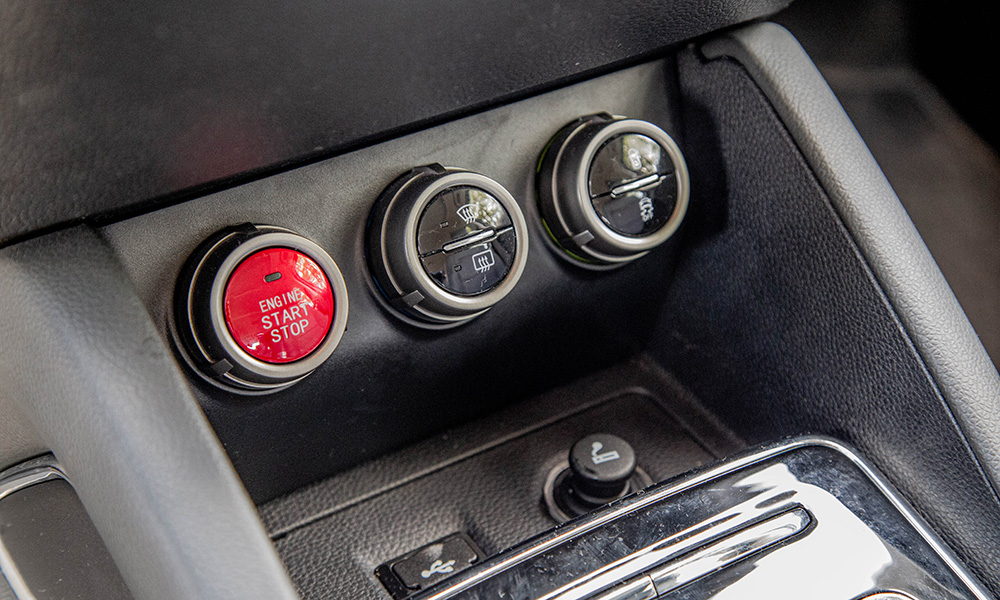
Inside, the car comes packed with a host of electronic gadgets and features. For safety, it is equipped with dual airbags, ABS with EBD, and traction control. As for driver aids, it comes with hill-start assist, parking sensors, a reversing camera, and even a blind-spot camera on the right side.
When it comes to infotainment, the car impresses with a Tesla-style center stack as it comes with an eight-inch touchscreen and capacitive climate buttons. Both are seamlessly integrated to create a massive 11-inch touch panel. No Android Auto or Apple CarPlay here, although there is Bluetooth connectivity. The CX70 even comes with a sunroof.
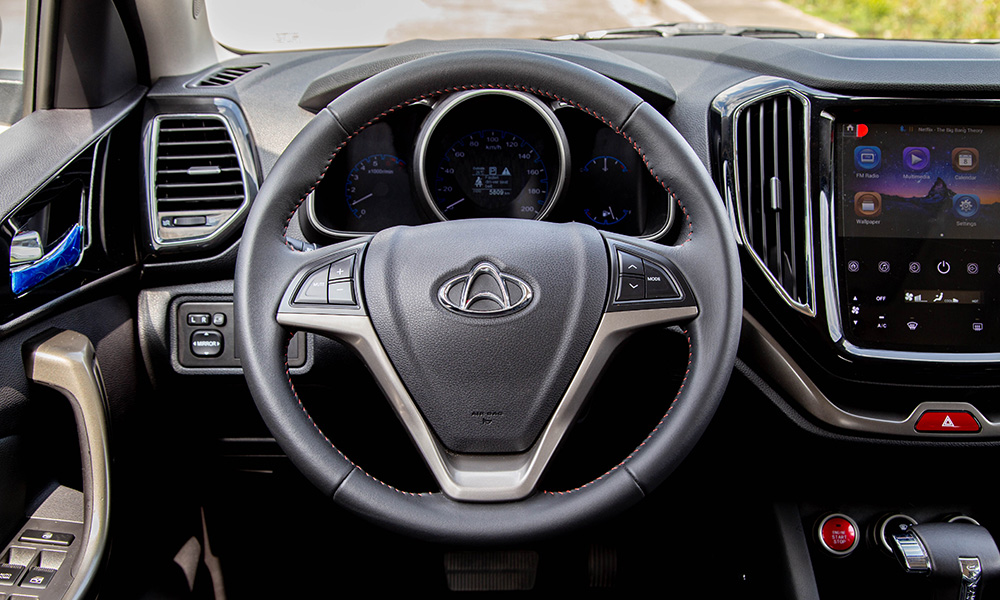
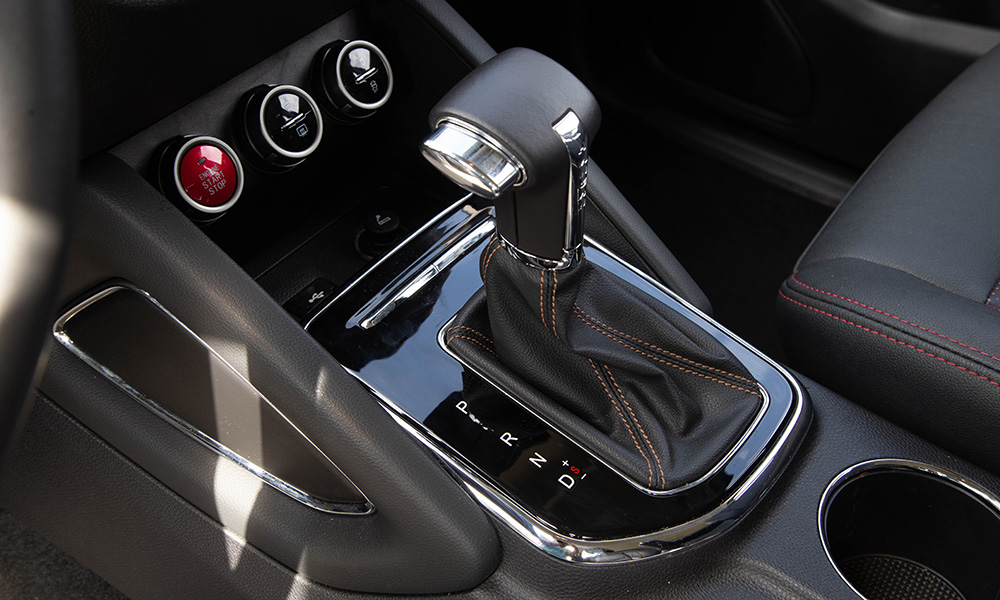
Driving the Kaicene feels like stepping back into time. Yes, it comes with a lot of modern amenities. However, a lot of it is old-school in the way they work. The large shift knob with the release button on the left side is definitely from times past. Also, as far as I can tell, there are only two cupholders inside the cabin.
This vehicle makes no bones about being a people carrier. These days, carmakers feel the need to make things look and feel sporty, but not Kaicene. The steering is light, the suspension is soft, and it does a decent job of shielding its passengers from Manila’s ever-deteriorating roads.
The NVH is not bad, but not as quiet as one would expect today. While operating the vehicle, I could hear linkages clanking, gears changing, and suspension creaking. Even the feel of the transmission reminds me of old solenoid-operated slush boxes, which brings me to my chief complaint about this vehicle.
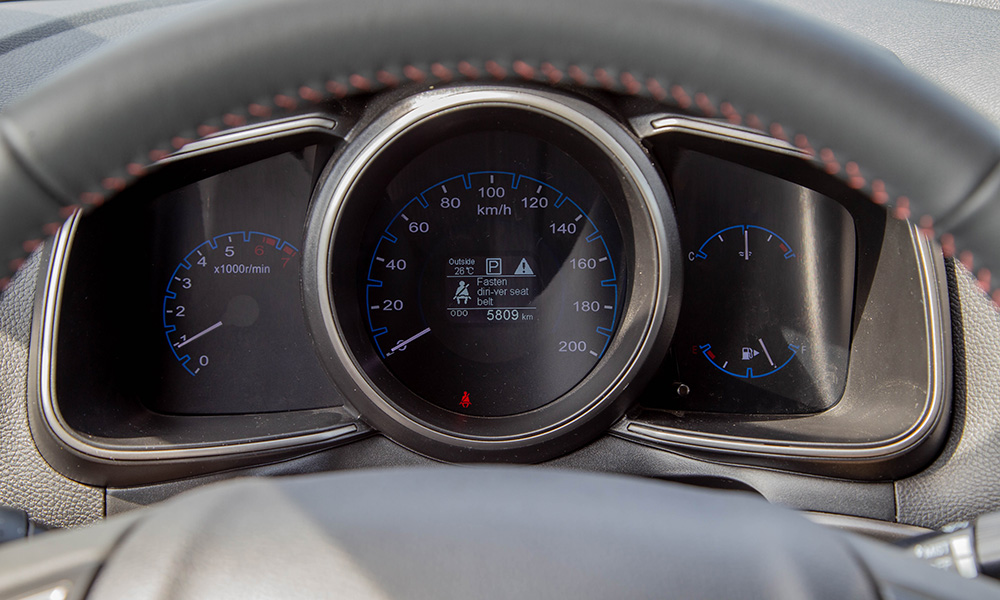
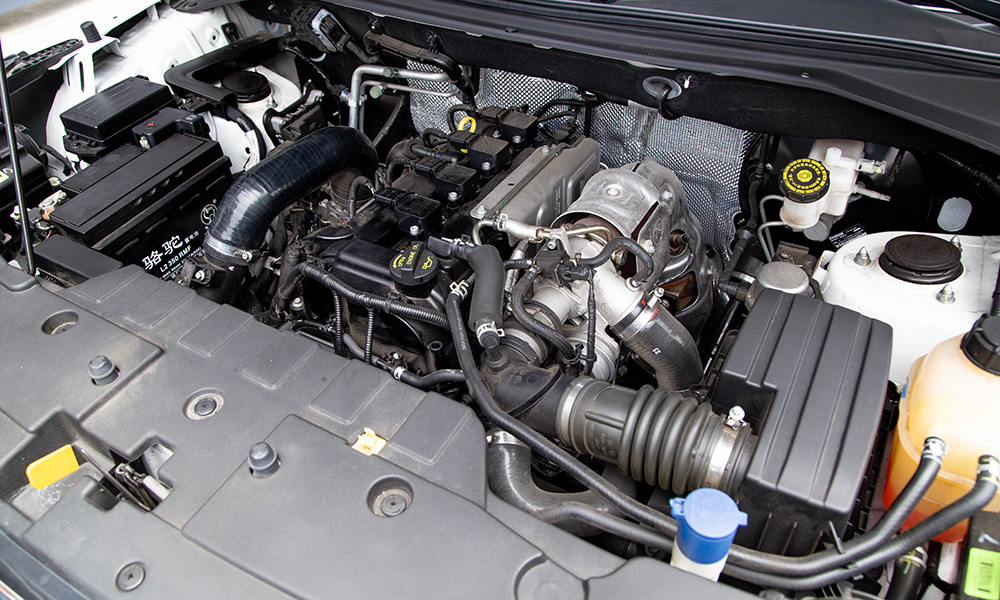
Sending power to the back wheels is a 1.5-liter turbocharged gasoline engine. It may be a small-displacement mill, but its 150hp and 230Nm are more than capable of lugging its fully laden cabin. It does have to go through the six-speed automatic transmission, which unfortunately is often confused and caught off guard. Driving it in the city with speeds varying every so often, the transmission can be a little jerky and is not finely tuned to match what the driver wants and what the car is doing at a given point in time. It kept giving me ill-timed upshifts when I didn’t want it—like when going through a long, sweeping corner or climbing a hill.
On the highway, the opposite is true. If I wanted to accelerate from the speed I was maintaining, the transmission would be caught sleeping. I mash the throttle pedal, and nothing happens for about three seconds. It downshifts once, lugs the engine, and then grabs the next gear below to actually accelerate. The car gets about 6km/L in mostly city traffic, and I genuinely believe that it could do better with a more competent gearbox.
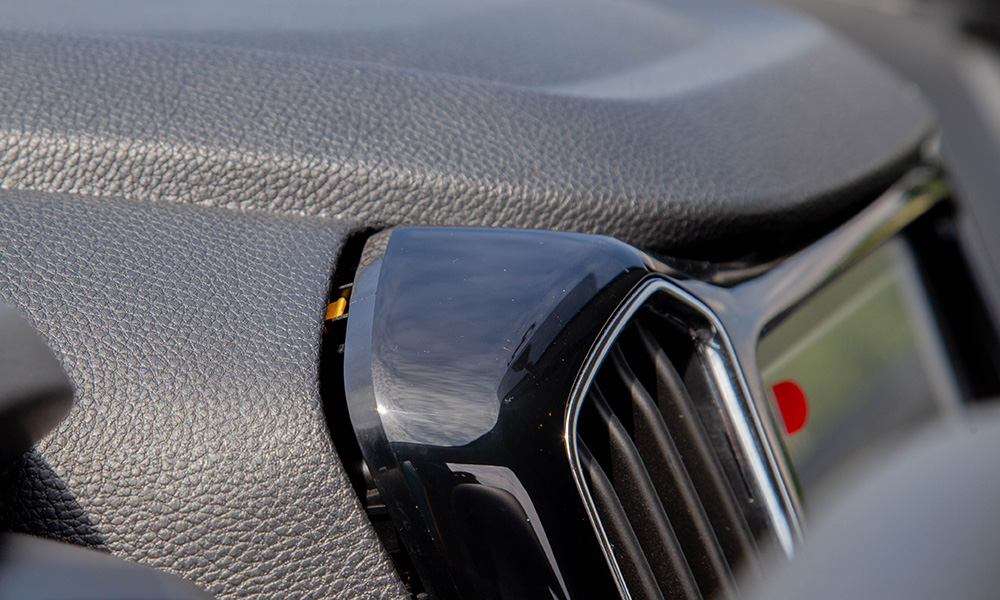
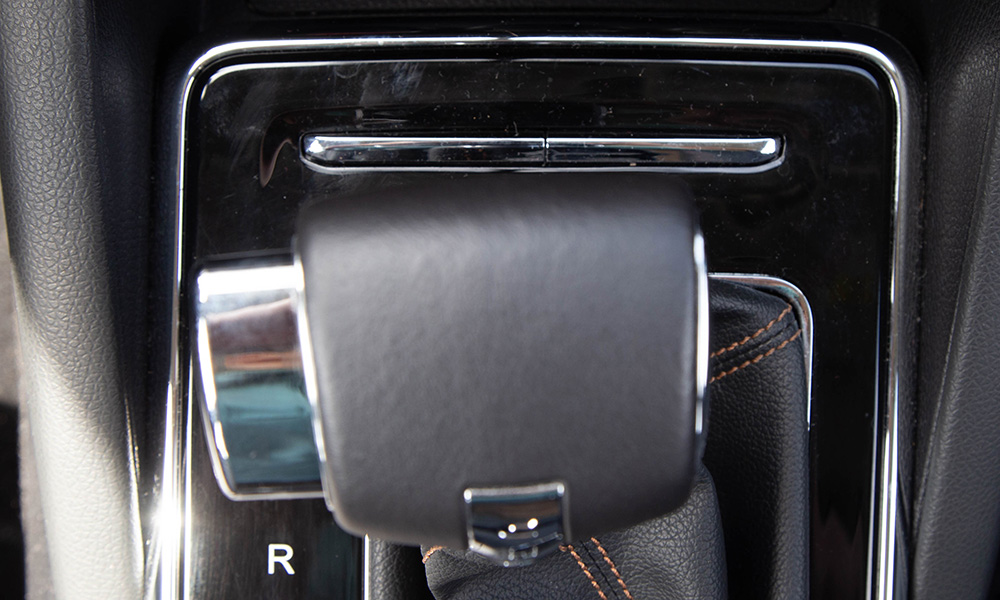
In the spirit of transparency, I do have to note that I observed some issues with fit and finish on this particular demo vehicle, which we hope is not something that affects all units.
The center aircon louvres are integrated into the stereo panel as one piece. The panel is perfectly secured in place on the right, but not on the left side. You can even see the clips underneath. There are a lot of hard plastics in the interior, and the dashboard dips when depressed. The shift knob is also slightly tilted toward the left instead of perfectly straight.
On the flip side, the exterior build quality is actually pretty good. While there are some inconsistent panel gaps, it’s nothing glaring.
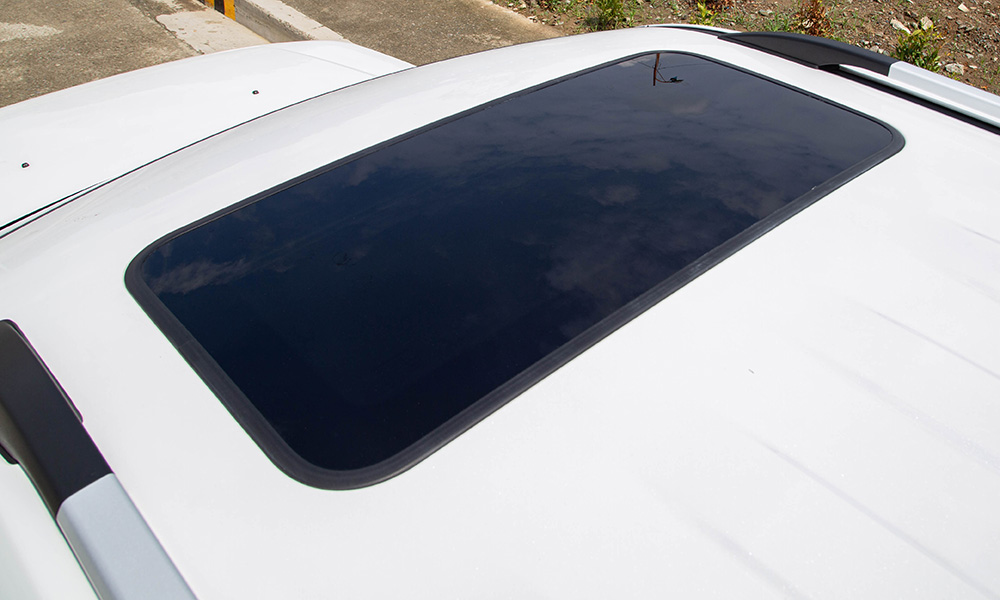
With that being said, it would be unfair to write this off as just a bad car without putting things into perspective. The brand Kaicene in the original Chinese is actually 长安凯程 (pronounced as Changan Kaicheng in Mandarin). Yes, the same Changan that JD Power gave its stamp of approval to. This tells us that the people behind Kaicene know how to build a good car. And so, the question remains: Why isn’t it any better?
Consider this: It would be ridiculous to walk into McDonald’s and expect to be served carefully plated portions and bespoke silverware for P150. Fast food is not the best thing in the world, but it’s an experience designed with accessibility and affordability in mind. The CX70 is the same: The result of a conscious choice to create a car this size at this price point to cater to a specific market segment, and so it compromises in certain ways. If it does not appeal to you, then you are not the target market for it. But I know for certain that this car will make sense to someone somewhere because—despite its flaws—it still has a lot to offer.
Is the CX70 perfect? Obviously not. But is it usable? Is it reasonably equipped? Can it get you (and six others) places? Definitely. It’s unbelievably cheap at P879,000, and for that, you get what you pay for.
KAICENE CX70 1.5T
| Engine | 1.5-liter four-cylinder turbo gasoline |
| Transmission | 6-speed automatic |
| Power | 150hp @ 5,500rpm |
| Torque | 230Nm @ 2,000-4,000rpm |
| Dimensions | 4,705mm x 1,800mm x 1,775mm |
| Drive layout | RWD |
| Seating | 7 |
| Price | P879,000 |
| Upside | The amount of space and electronic features is unrivaled at this price point. Nothing remotely comes close. |
| Downside | It is rough around the edges, and the transmission could be improved to better maximize the potential of the engine. |

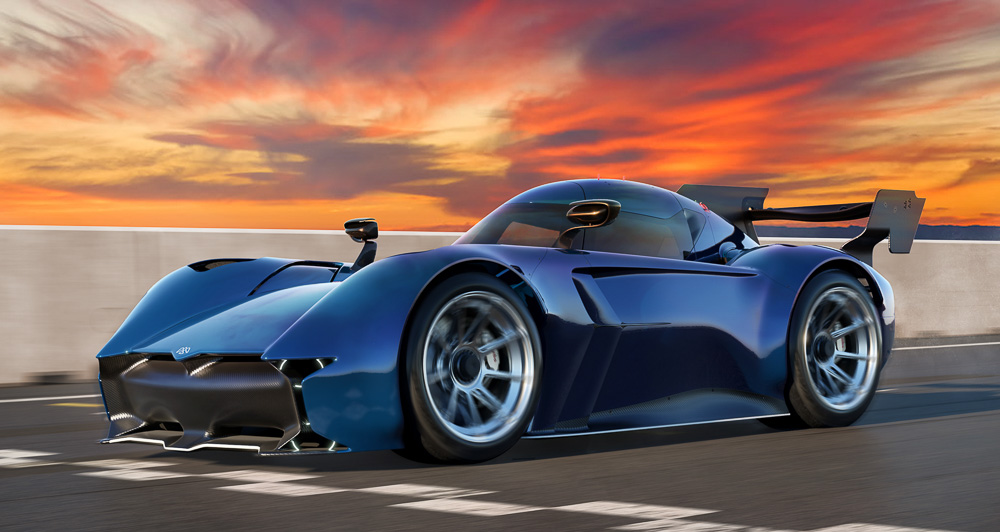
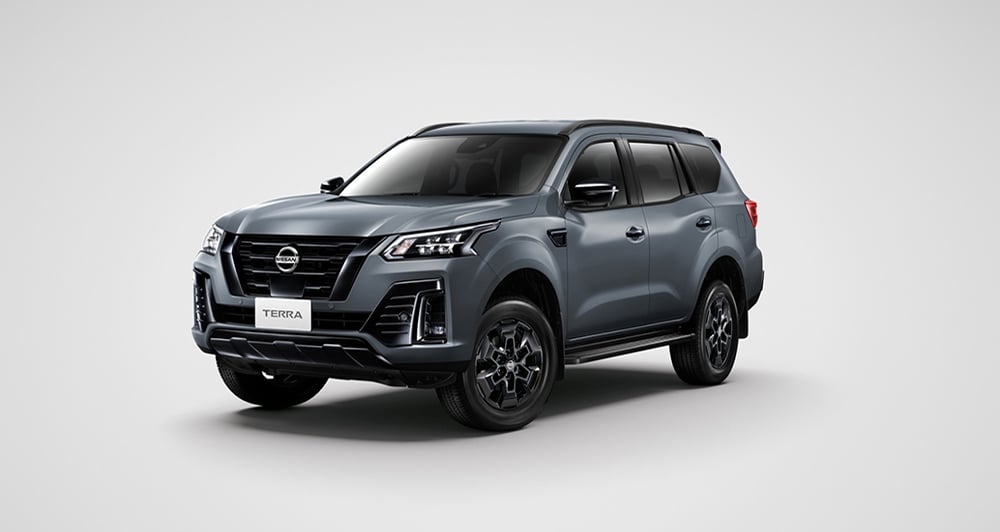
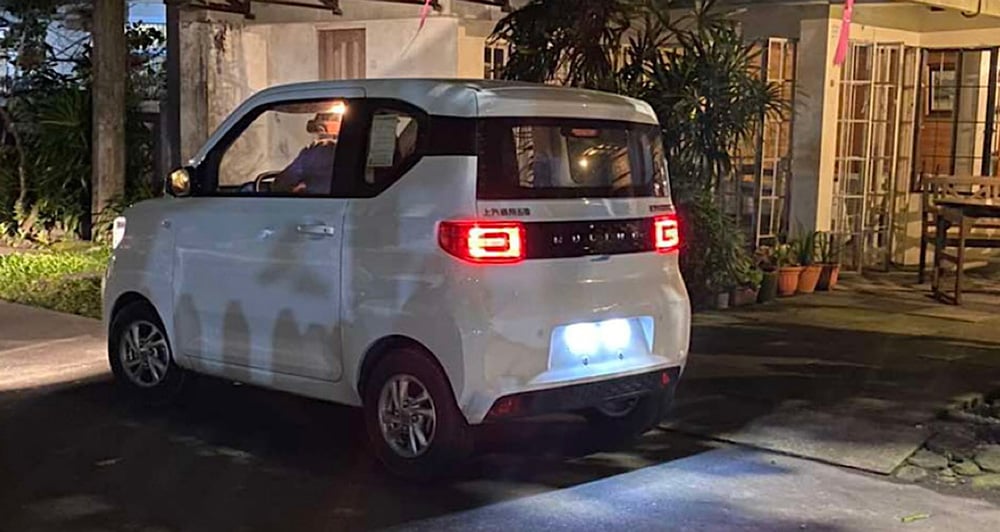
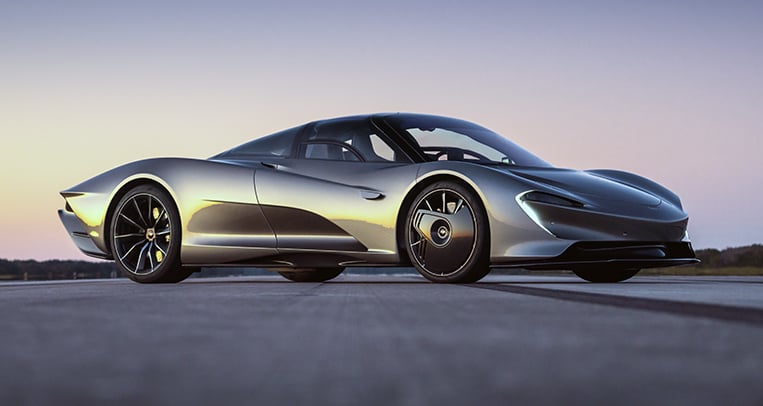
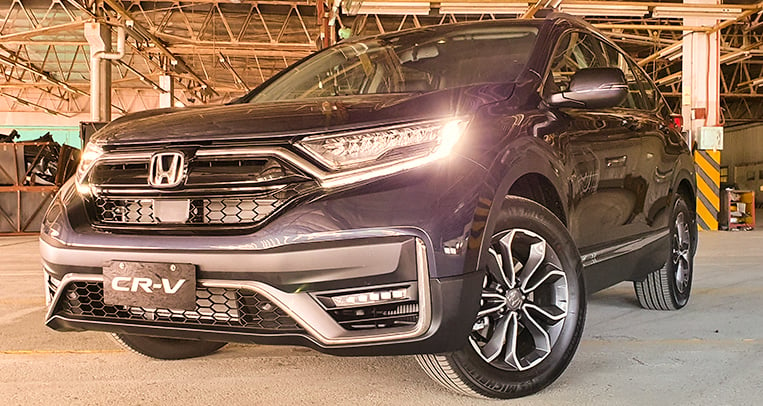
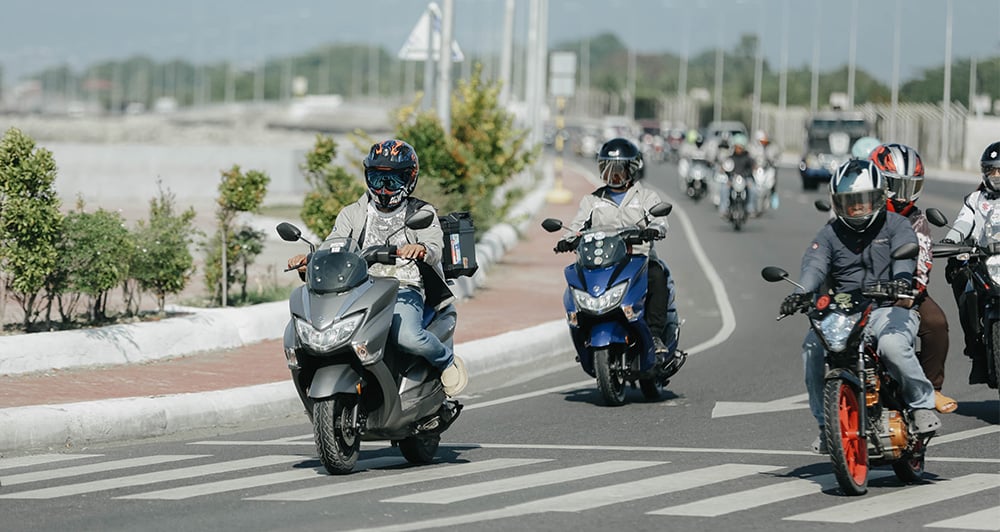

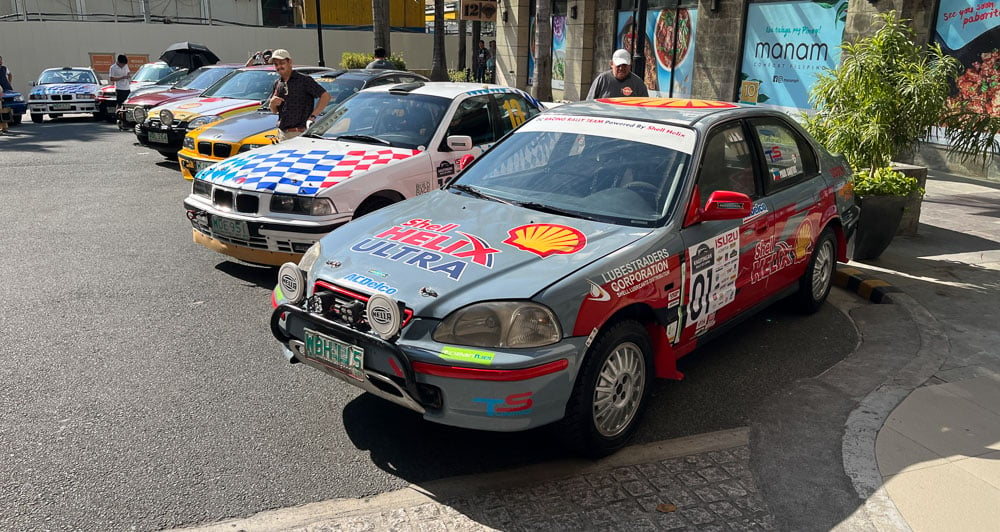

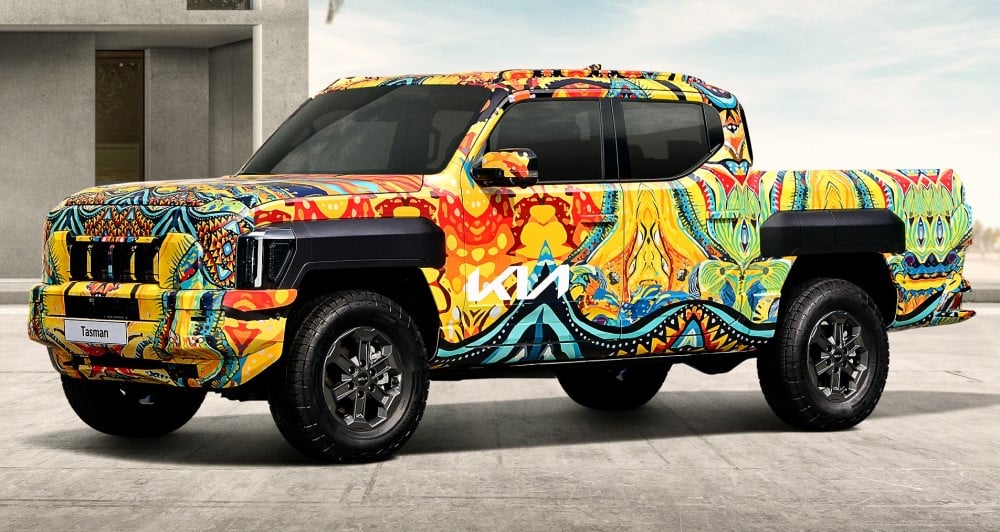
Comments